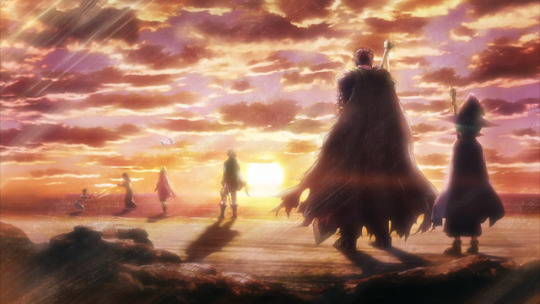#ishidoro
Text
BERSERK CHAPTER 375
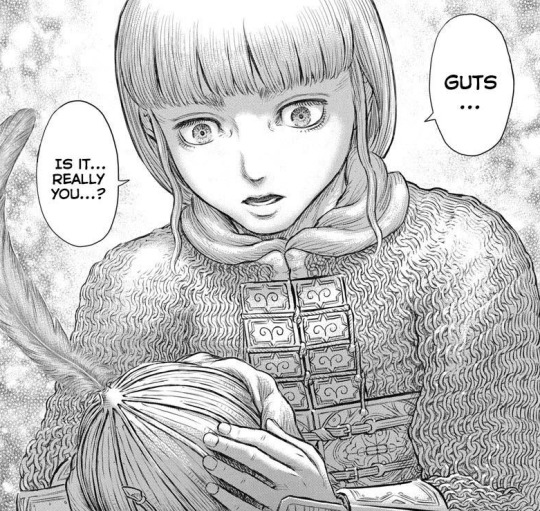
READ
#i am happy#finally#berserk#berserk 375#berserk chapter 375#berserk news#berserk spoilers#guts#rickert#silat#serpico#casca#rodrick#farnese#daiba#ishidoro#morda#griffith#nosferatu zodd#zodd#zodd the immortal#caska#schierke#puck#ivalera
14 notes
·
View notes
Text

Sex... Yes 👍
Weight 115 teaspoon?? 🤔
#berserk#guts#black swordsman#casca#schierke#seripico#farnese#droppi#ishidoro#puck#anime#manga#seinen
15 notes
·
View notes
Photo

My CLmooc friends doodle every day. https://flic.kr/p/2o65CRs Ishidoro lantern glowing in the snow #makingarteveryday #decemberdoodle #decdoodle #cldoodle22 #warmup4art #clmooc #winter #holidays #ishidoro https://sheri42.net/2022/12/15/december-doodle-ishidoro-in-the-snow/ https://www.instagram.com/p/CmM075gvDRf/?igshid=NGJjMDIxMWI=
0 notes
Text
Marcelo Hidalgo Sola , una moto y una especial ‘Ceremonia del Té’ con aroma japonés

Desde 2011, el Jardín Japonés tiene un espacio para recrear una tradicional costumbre del Japón: la ceremonia del Té. Luego de disfrutar de este especial momento, se puede meditar en silencio frente al Ishidoro, un farol típico o mientras se escucha el sonido del agua en la cascada de la “Isla de los dioses”.
El Jardín Japonés de la ciudad de Buenos Aires regala a los visitantes la posibilidad de asomarse al corazón mismo del Japón y de sus tradiciones. Quizás , una sola visita no alcance para internalizar las enseñanzas profundas que el jardín regala a través de la contemplación de cada elemento simbólico que lo compone. Por ello, es fundamental que quien lo visite, se entregue con el alma a la experiencia y a la meditación a medida que recorre los senderos arbolados del lugar.
Uno de los primeros elementos que capta nuestra atención luego de pasar el imponente tori rojo, o puerta de acceso que da la bienvenida al predio, es la contemplación del damero. Grandes cuadrados de pasto verde y cemento macizo se intercalan en el piso y lucen como un gigante tablero de ajedrez . Es bello y desconcertante y también descoloca al visitante que suele interrogarse acerca de su significado. Su diseño está entre las maravillas del Jardín Japonés, una verdadera obra de arte para ser ‘atravesada’ o intervenida con las pisadas de los visitantes . Al intercalar cuadrados hechos de césped y blanco cemento, ese espacio evoca al “verde y vacío, el follaje del pino atravesado por el viento” -como dice un haiku, forma de poema breve tradicional-.Una invitación a pensar en cómo se relacionan los elementos de la naturaleza, en este caso los pinos y el viento del Jardín. “Una experiencia descontracturante” — explica Marcelo Hidalgo Sola- guía y paseador amateur.
Una casa de Té muy ceremoniosa
Una tetera humeante guarda exquisitas hebras cuidadosamente seleccionadas para la ceremonia del té. Momento de sagrada importancia para todos los japoneses. Entonces, los participantes se dispondrán alrededor de la mesa en completo silencio. Los sentidos se agudizarán y se embelezarán con el aroma del té y las fragancias del aire . La clave estará en disfrutar en silencio del regalo de compartir la presencia de los seres amados,reunidos en torno a una taza de té. Gustar del cariño, entremezclado con el aroma de las notas de esta tradicional infusión , según saben en Japón , se dejan sentir mejor cuando prima el silencio y la quietud.
Esta ceremonia ocurre en la casa de Té del Jardín , un espacio inaugurado en 2011, y construido especialmente para este ritual clave en la cultura tradicional japonesa. “La ceremonia es la síntesis de todas las disciplinas y filosofías del Japón”, señalan en el Jardín. Hecha con materiales naturales -madera traída de la selva misionera-, contiene alfombritas -tatamis-, puertas corredizas –shojis- y otros elementos donados por la familia Shimane y traídos especialmente desde Japón. La sobriedad no es casual, sino pensada para que la mente pueda por sí sola orientarse al recogimiento interior. “La idea es apuntalar la concentración, es decir, a no distraerse con los detalles propuestos por los elementos externos a la ceremonia” dicen desde el Jardín.
Ishidoro: el farol o piedra fundamental
Es un gran farol de piedra. Una linterna posada sobre un delgado soporte de cemento que desafía al viento, a las lluvias y a la nieve — en Japón- . Su foco está puesto en alumbrar, y velar hoy aquí, por el cuidado de las tradiciones japonesas en el jardín.
Éste farol de piedra, Ishidoro, fue un regalo de la colectividad japonesa a la Argentina por los 150 años de la Revolución de Mayo de 1810 y siete años después se empezó a construir, alrededor suyo, el Jardín Japonés. En aquel momento los príncipes herederos de Japón, Akihito y Michiko, luego emperadores, anunciaron que visitarían por primera vez la Argentina y la colectividad local decidió preparar un lugar para recibirlos , con permiso de la Municipalidad. Cuentan desde el jardín que para los días de mayo el farol se cubre de verde vegetación. Un abrazo simbólico entre Argentina y Japón
Una cascada sonora y los saltos de la vida
Al cruzar el puente rojo, símbolo y emblema del Jardín uno se encuentra en la “Isla de los Dioses”. Una isla que en su interior tiene una pequeña cascada de agua. Si uno observa con detenimiento, descubre que los cuatro saltos que posee discurren a diferente ritmo. Desde el Jardín Japonés explican que representan a las etapas fundamentales en la vida de una persona. La primera caída del agua evoca al nacimiento y a la niñez; la velocidad del segundo salto, a los años de la juventud, y al desacelerarse, el lento transcurrir del agua nos lleva a la madurez. El último , al reposar tranquilo del agua en el lago, se evoca a un ideal de vejez. Aquí, la propuesta es conectarse con el agua, con su forma de saltar y escurrirse, un motivo para agradecer a la vida por sus dones. Quizás por ello, no es casual que este espacio tranquilo del Jardín sea uno de los preferidos por los visitantes para pasear, contemplar y meditar.
Originally published at on https://viajeenmoto.com.ar March 01, 2023.
0 notes
Text


Why does Ichidoro and Tetsuo look so similar?? Maybe it’s their hair
12 notes
·
View notes
Photo
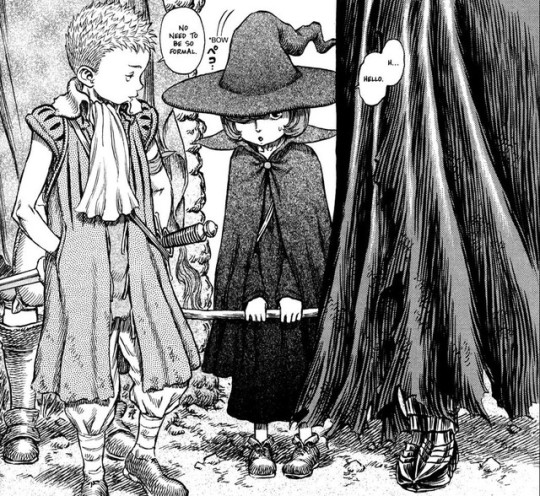
13 notes
·
View notes
Photo

Ishidoro by casbalicki Source: http://bit.ly/2HNTFnf
#lantern#lamp#japan#ishidoro#garden#japanese garden#trees#rhododendrons#grass#path#beautiful#shrubs#v
2 notes
·
View notes
Photo

Ishidoro by casbalicki
1 note
·
View note
Photo


Essential Japanese Seasonal Decorations - Autumn
Seasonality: Early Autumn/ August
Japanese Name: Takegaki/ Otsu-gaki/ Ishi-doro/ Furin/ Semi/ Katori senko/ Jyoshugiku/ Kayariki/ Kayariki-buto/ Uchiwa
English Name: Bamboo fence/ Otsu fence/ Stone platform lantern/ Wind bell/ Cicada/ Mosquito-killing Incense/ Bug-excluding Chrysanthemum/ Mosquito-killing Incense-holder/ Mosquito-killing Pig-shaped Incense-holder/ Group Fan
Takegaki (竹垣, bamboo fence) are fences that have been used extensively in Japanese gardens during the Kamakura period and developed much later than walls. That is surprising – considering the availability and versatility of the materials used. Their functions are manifold: They block views and separate sceneries, are erected as boundaries around the garden, work as windbreaks or screens or emphasize a special element in a garden. Otsu-gaki (大津垣, woven fence from Otsu, Shiga, Japan) are a specific style of woven bamboo garden fencing that became popular in Kyoto, Japan sue to it’s proximity to the city of Otsu.
Ishi-dōrō (石灯籠, stone platform lantern) is a traditional lantern made of stone used in gardens and along the approach (sandō) of a shrine or temple. Like many other elements of Japanese traditional architecture, it originated in China; however, extant specimens in that country are very rare, and in Korea they are not as common as in Japan. In Japan, tōrō were originally used only in Buddhist temples, where they lined and illuminated paths. Lit lanterns were then considered an offering to Buddha. During the Heian period (794–1185), however, they started being used also in Shinto shrines and private homes. Due to the Buddhist origin of the lantern, it’s possible that the ishi-doro in this decoration is a reference to the Buddhist O-Bon festivals that commonly occur in August.
Furin (風鈴, wind bell) can be often seen during Japan’s humid summers. Furin were originally a fortune-telling tool in China. The Chinese hung a bell in the bamboo forest and made predictions based on the wind’s direction and its sound. However, since they arrived in Japan through Buddhism, Chinese wind-bells have been used to expel any lurking evil spirits. Japanese people believed that nothing unfortunate would happen to those who lived within earshot of a wind bell. In the 18th century, Dutch glass making techniques were introduced to Nagasaki, one of only four seaports kept open for trade during Japan’s seclusion period. People were instantly attracted to the beauty of glass, which prompted them to learn glass making for themselves. In the 19th century, someone in Edo came up with an idea for glass wind chimes with the glass painting done from the inside in order to protect the colors from fading. It’s believed that the sound of a wind bell tricks the brain into lowering body temperature.
Semi (蝉, cicada) hold special significance here in Japan, and are considered to be almost synonymous with summer. Even with the intense heat and humidity of the rainy season in June and July, it is not until the cicadas start chirping that people consider summer to have truly arrived. Cicadas bear deep meaning and a rich cultural history in Japan where they symbolize reincarnation and the cycles of nature. Avi Landau of the Tsuku Blog explains, “Along with the cherry blossom, these creatures, who spend but a few above-ground days living their lives at full throttle before quickly falling away, represent that most quintessential Japanese concept, mujo 無常, the passing nature of all things.”
Katori senkō (蚊取り線香, mosquito-killing incense) were invented in Japan, at the end of the 19th century. A man named Ueyama Eiichiro was in the business of exporting mandarin oranges when Fukuzawa Yukichi, the founder of Keio University, introduced him to a seed trader in the United States. This dealer offered Ueyama seeds of a flowering plant that he claimed would knock insects dead. He imported the seeds of Tanacetum cinerariifolium and start growing the plant in Japan. Sure enough, there was something in the flower heads, when dried and ground into a powder, that proved lethal to insects. Ueyama called the plant jyochūgiku (除虫菊, “bug-excluding chrysanthemum”) and built a business that is still a leader in pest control today. To use a mosquito coil, you first place it in a holder to keep it safe and off the ground where it can get air to burn. Simple holders are often included with the coils, but some people get quite particular about what they use to contain their coils, with pig-shaped ceramic holders being a perennial favorite. You light the outer end of the spiral and it burns slowly, progressing toward the center, emitting a mosquito-repelling smoke.
Kayariki (蚊遣器, mosquito-killing incense holder) are special incense holders made to hold the green spiral shaped katori senko. Due to the unique shape of katori senko, most come with a simple y-shaped incense holder. Consumers place the tip of the Y-shaped holder into the cut in the center of thekatori senko, make sure it's stable, and put it on a non-flammable saucer. A ceramic or metallic saucer is needed to catch the hot ashes fall from a burning katori senko. Additional kayariki designs were made to better stabilize katori senko, make dealing with the ashes easier, and to better the appearance. The most popular and nostalgic shape of kayariki are kayariki-buta (蚊遣器豚, mosquito-killing pig-shaped incense holder). Other designs include a glass stick inside a semicircular cup, or heavy iron containers with a lid with cut patterns to let the smoke out.
Uchiwa (団扇, "group fan”) are non-folding fans with long handles whose paper surfaces can come in oval, round, square or other shapes. The traditional uchiwa fan is made of bamboo, with multiple layers forming the structure onto which the fan paper is glued. It’s a fan commonly used during the summer months and often more elaborate versions of them are given as gifts to guests at events such as weddings.
(Text Source 1)(Text Source 2)(Text Source 3)(Text Source 4)(Text Source 5)(Text Source 6)(Text Source 7)(Text Source 8)(Text Source 9)
DISCLAIMER: This is not a sponsored post from the source website nor am I selling these items through this tumblr account. This post is the result of my finding this item to adorable and/or beautiful to not include on this account. Thank you for your understanding.
#kimono#seasonalphenomena#seasonaldecorations#seasonalcelebrations#seasonal#celebrations#decorations#phenomena#earlyautumn#earlyautumndecorations#augustdecorations#uchiwa#kayarikibuta#kayariki#jyochuugiku#katorisenko#semi#furin#ishidoro#otsugaki#takegaki
5 notes
·
View notes
Photo

Finished this one at 30000 feet on my way to Toronto for @edgecontrolexpo....This one means a lot to me. Berserk is amongst my favorite things for many reasons, but the story of Gatsu overcoming his overwhelming desire for vengeance as he bit by bit finds a new family to protect and thus another reason to keep going besides his rage....it's amazing Muira-San is a god, and this is a tribute to his amazing and ongoing masterpiece. . . #johnpolidora #norsechowder #miscreantsandthieves #art #artist #artwork #artstagram #artistsoninstagram #line #lineart #pen #ink #inked #inkwork #doodle #doodles #draw #drawing #drawings #sketch #sketches #sketching #sketchbook #berserk #berserkfanart #kentaromiura #fanart #guts #gatsu #caska #schierke #ishidoro #puck #ivalera (at Toronto Pearson International Airport)
#schierke#inkwork#fanart#ivalera#berserkfanart#guts#miscreantsandthieves#ink#ishidoro#artwork#caska#berserk#drawings#artstagram#sketches#artist#kentaromiura#doodles#gatsu#sketching#lineart#drawing#inked#line#sketch#doodle#puck#artistsoninstagram#pen#art
46 notes
·
View notes
Photo

well, it’s done!! sorry, i really can’t draw but i just love the idea
/maybe i’ll add Puck (and Ivalera) when i have the time/
368 notes
·
View notes
Photo
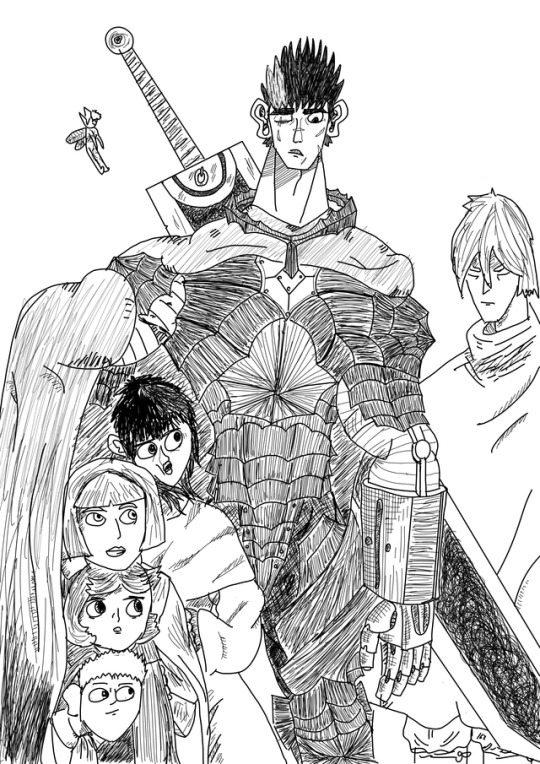
All i want my family to do is murder Griffith and go out for ice-cream
#berserk#guts#casca#farnese#Schierke#ishidoro#gattsu#isidro#whateverthatguywiththefeathersnameisicantremember#art#my art#serpico
102 notes
·
View notes
Photo

Hanging out in #Nara with the 🦌 for the day was amazing. They are very friendly and persistent. @topherhopp got to show off his lantern knowledge when we toured around the kasuga-taisha shrine and admired the many Japanese lanterns they have on display. (There are more than 2000 lanterns in this one area!) Nara is also home to beautiful shinto shrines including the worlds largest wooden structure and a giant golden Buddha. . . . . . #buddha #shinto #temple #japan #worldtraveler #deer #animals #lantern #ishidoro (at 奈良 Nara, Japan) https://www.instagram.com/p/B2DWd8Rhr5r/?igshid=owy2tpp85o0v
0 notes
Text
Daily Index 12.31.22
Daily Index: Happy New Year; Two poems: a blessing and a wish; Daily Create Traditions; Doodles: ring in the new year; & bookmarks; a calendar for you from CLmooc
T
12.31.22 The Daily Index
Poetry
Blessing Remix
May the raindrops fall lightly on your brow.May the soft winds freshen your spirit.May the sunshine brighten your heart.May the burdens of the day rest lightly upon you.And the thoughts from others confirm that you are loved.
Remix and Adaptation by Sheri Edwards, last line12.31.22 366.365.22Poetry Remix/Photography
An Ishidoro lantern shining…

View On WordPress
0 notes
Photo
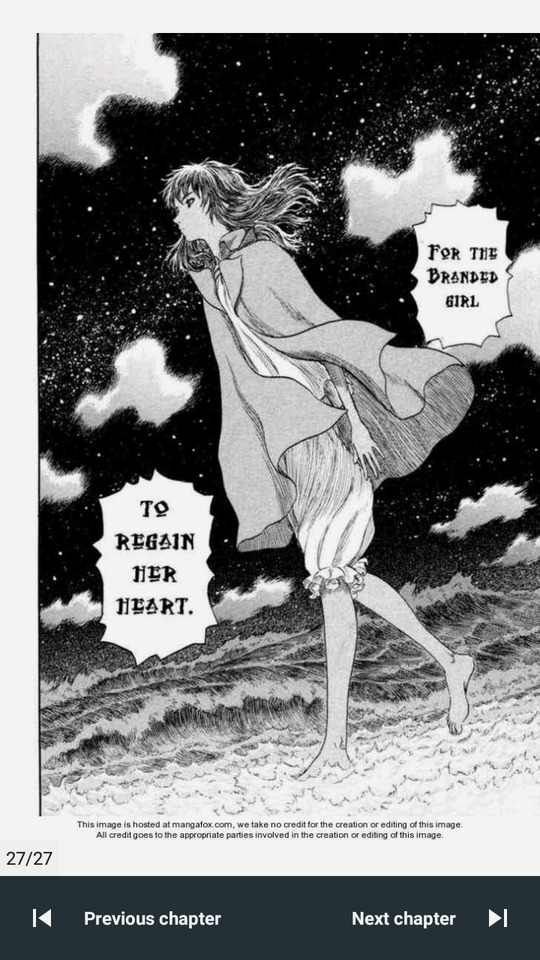




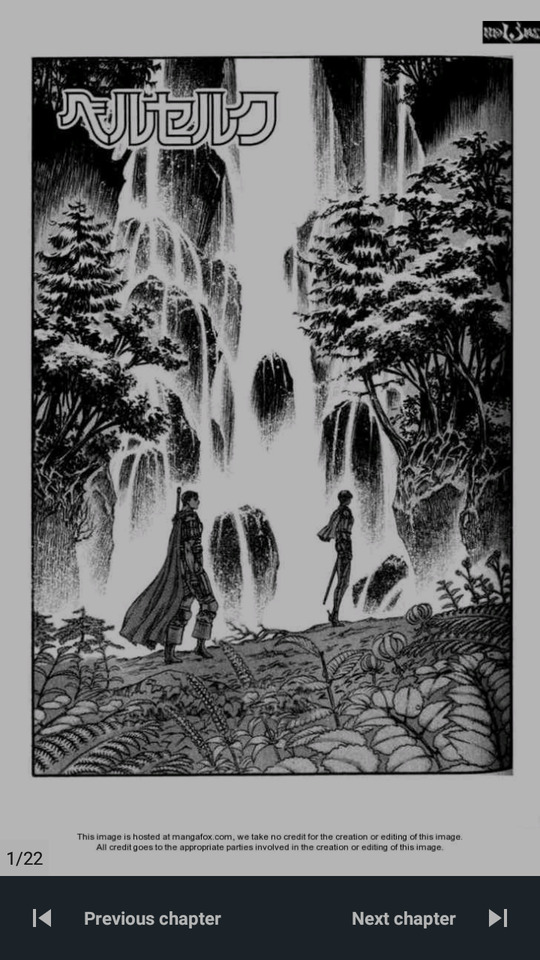

Caska and Gatts moments! Dduuuuddeee they make me emotional!!!! - Berserk Manga
#manga#weeb#berserk#puck#gatts#caska#serpico#farnese#evarella#griffth#pippin#Judeau#tears#emotions#feels#action#horror#mature#demons#ishidoro#amazing art#art#drawing#romance#comedy#black swordsman#elves#witches#magic
6 notes
·
View notes
